Weekend in Wroclaw
Undeniably, Wrocław is a beautiful city with many attractions. Tourists from all over the world come here. If you are going to Wroclaw for the weekend, it is worth planning everything carefully. Below you will find our suggestions for an active weekend in Wroclaw. As a result, they will save you time and see the most interesting attractions. Don’t wait, visit Wrocław for the weekend today!
The zoo in Wroclaw is the oldest zoo in Poland and the third largest zoo in the world. First of all, when visiting the zoo you will have the opportunity to see up close the largest number of animal species, which are located on 33 hectares.
You will be even more surprised by the Africarium, which is a real paradise for fans of the exotic. This facility comprehensively presents various aquatic ecosystems in which you will be able to admire sharks, rays, jellyfish, penguins, crocodiles and many more.
Because the number of attractions that await you is huge, be sure to bring a charged camera and book one full day to explore this place.
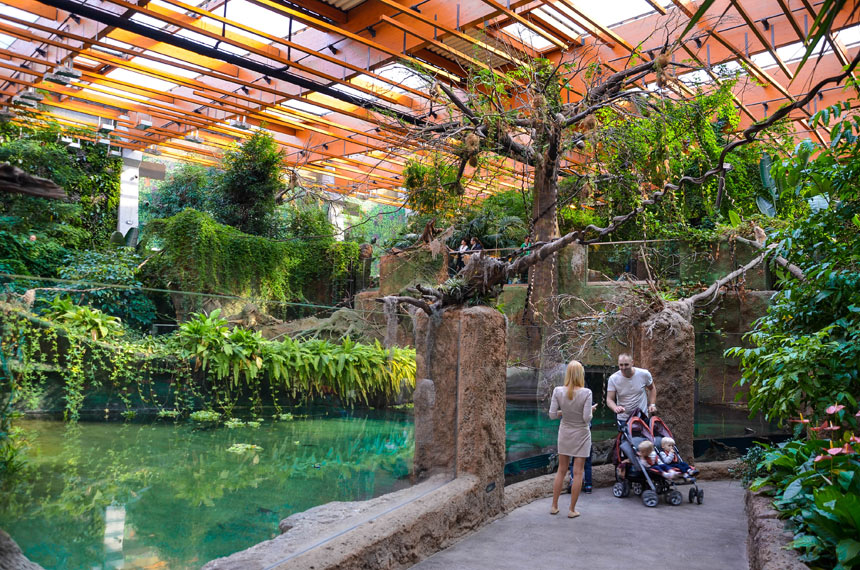
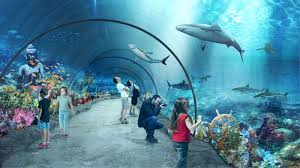
2. Centennial Hall and fountain show - weekend in Wroclaw
Being for a weekend in Wroclaw, you may come here by accident, because it is a place where many cultural and sporting events take place. The hall can seat up to 10,000 people. It was built in 1913, it is also known as Hala Ludowa. In 2006, it was declared a UNESCO World Heritage Site.
There is a fountain in front of Hala Stulecia. Inhabitants come here to rest during the summer. The fountain shows last almost all day, and we suggest going there in the evening for a special show, where there is a much larger show. After a day of sightseeing, it is the perfect solution to sit back, relax and enjoy the show. This is a great spectacle that cannot be missed while on a weekend in Wroclaw.
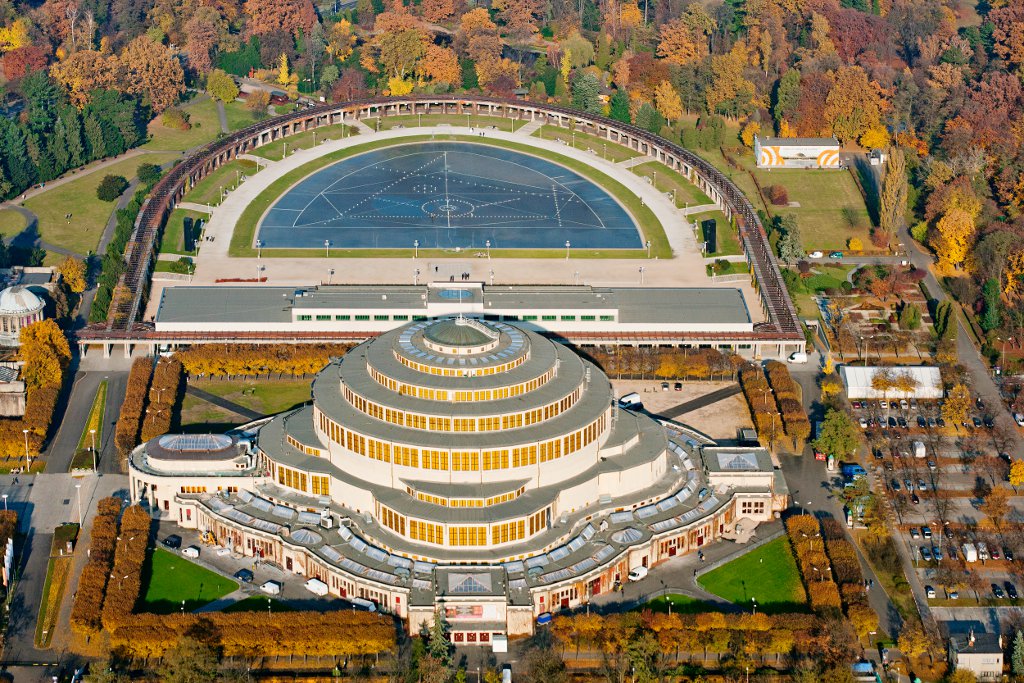
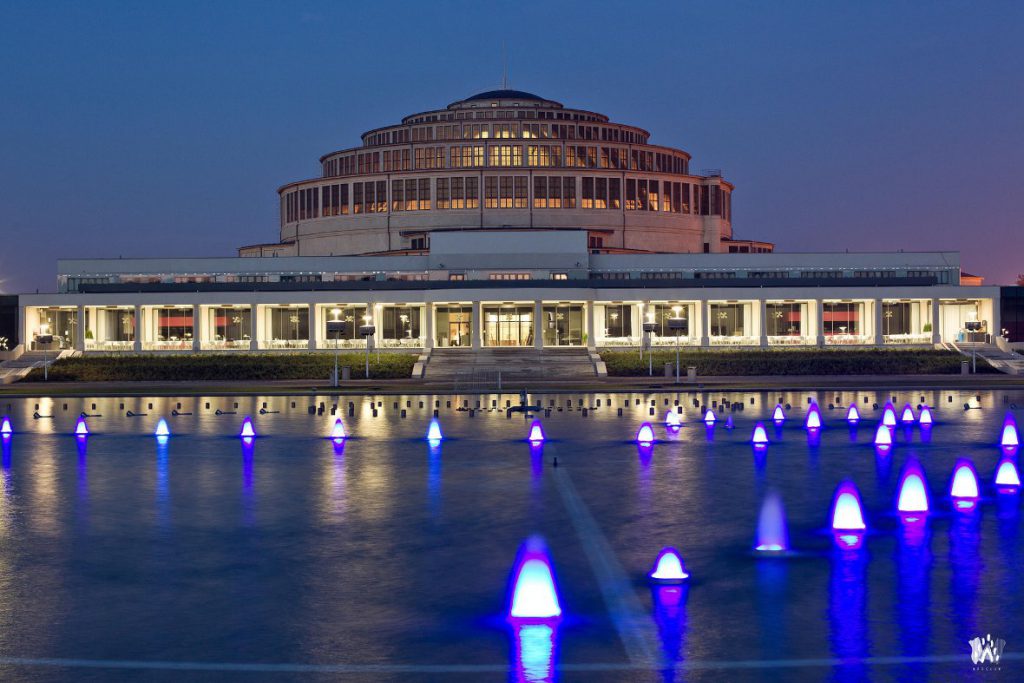
The Centennial Hall was designed by Max Berg – a famous architect. Construction lasted in the years 1911-1913, and after the project was completed inside, a huge exhibition was created to celebrate the 100th anniversary of the defeat of Napoleon near Leipzig. Around the hall, the area is intended for exhibition and recreation areas. The developing city needed a large, characteristic structure capable of housing a significant number of exhibitors and visitors.
The work of Wroclaw Modernism
The creation of the hall, the most famous work of Wrocław modernism, was associated with the centenary of the release in Wroclaw by Frederick William III of the March 17, 1813 call calling for general resistance against Napoleon. This ceremony was decided to celebrate with exceptional momentum and class. To this end, a world exhibition was organized to commemorate these events. For this purpose, the city has developed areas located on the edge of the Szczytnicki Park, close to the Zoological Garden founded about 40 years earlier and enjoying the growing popularity. From among 43 submitted projects, the design of the Wrocław city architect, Max Berg, was accepted, who proposed a huge exhibition hall of unprecedented design. Despite the original but very controversial design of the hall and the high estimated costs of its construction, on June 28, 1911 he obtained a formal building permit.
A colossus tailored to his time
At the time of construction, the hall was an exceptional object, having the reinforced concrete covering with the largest span in the world – only a few steel constructions reached larger sizes at that time. The hall is 42 m high and the dome covering it is 67 m in diameter. The maximum width of the interior of the hall is 95 meters, and the available area is 14.0 thousand. m². In addition to the central hall in the building, 56 other exhibition rooms are planned, spacious lobbies encircling the main hall, and the whole was calculated at 10,000 people.
In 2006, Hala Stulecia was inscribed on the UNESCO World Heritage List, which is a unique tribute to this place. UNESCO (United Nations Educational, Scientific and Cultural Organization) – The United Nations Educational, Scientific and Cultural Organization was founded on November 16, 1945. This organization was established to protect the world’s largest class monuments or unique creations of nature. The objects inscribed on the UNESCO list are monuments that are unique to all humanity and deserve special protection.
The dynamic construction of Hala Stulecia was a great technological undertaking, an example of the highest engineering skill and craft proficiency. The bold structural and organizational solutions used have become a model for other buildings of this type.
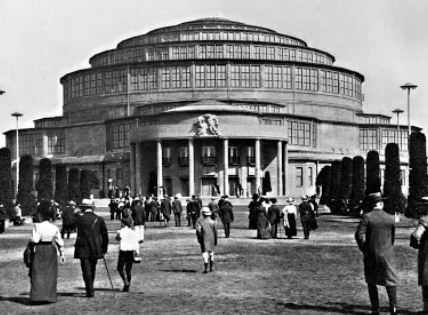
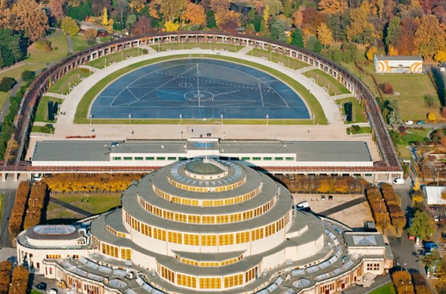
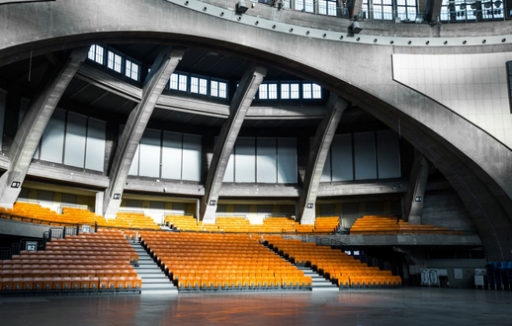
The history of Hala Stulecia is inseparably connected with the history of Wrocław and the whole region. When visiting Wrocław for the weekend, it’s worth taking a look. Particularly important events and celebrations took place there, which had an impact on the current nature of the city.
The hall survived World War II without major losses. The exhibition grounds around the hall and it itself was used for the first time after the war on a larger scale from July to September 1948 at the Exhibition of Regained Territories and during the World Congress of Intellectuals in Peace Defense (August 25-28).
In the People’s Republic of Poland, no major works were carried out that would significantly change its character. . It served as a place for concerts, sporting events, and the largest cinema in the city operated in the hall. Only the urban context of the hall has changed quite significantly, by cutting off the southern part of the exhibition grounds. in 1948 a Spire was built in the square in front of the entrance.
1990s and the present day
After 1989, some changes were made in the hall, the general renovation there lasting several months in 1997 included such changes as plastic window blinds, notice boards, sound system, and above all lowering the floor level by about 1 m and building sliding stands and folding pitches (enables changing the purpose of the hall depending on current sports or exhibition needs.On May 31, 1997, during his sixth visit to Poland, John Paul II led an ecumenical prayer in the hall as part of the Eucharistic congress.
Last renovation
Renovation of Hala Stulecia was carried out in the years 2009-2011
The façade regained its pre-war yellow-sand color. Replacing the windows turned out to be the biggest problem. Max Berg used iron mahogany imported specifically from Australia in his project. Today, this species of tree is absent, so at the request of the conservator of monuments, teak tree was used. This resulted in increased repair costs and extended repair time.
Last Decade - weekend in Wroclaw
The next stage was the construction of a new Regional Business Tourism Center. The construction in the historic site was possible thanks to the preserved and unrealized expansion plans by Max Berg. The official opening took place on September 17, 2010. The last planned stage was the renovation of the facade inside the building. It was also planned to increase the capacity of the hall for the audience during sports competitions
In 2014 volleyball championships were held here.
Despite numerous historical turmoil, the hall did not change its original character.
3. Szczytnicki Park and Japanese Garden - weekend in Wroclaw
Other attractions that are worth visiting while spending a weekend in Wroclaw are the Japanese Garden and Szczytnicki Park. Hala Stulecia was planned as an exhibition facility. It is hard, therefore, not to be surrounded by extensive green areas, which often serve as a base for various types of exhibitions or cultural events. a significant part of these green areas is the Szczytnicki Park, which is the most beautiful park in Wrocław.
The biggest advantage of this place is the huge area, over 100 ha. In addition, housing estates surrounding the park are characterized by low terraced buildings, which promotes closeness to nature. Being in the Park you can forget that you are in the city.
Biodiversity is another undoubted advantage of this place. Over 350 species of various trees from Europe, Asia and America grow in Sczytnicki Park. Over 70 different animal species also live here, including foxes, martens and amazing bird species. this place is an important ecosystem for Wrocław.
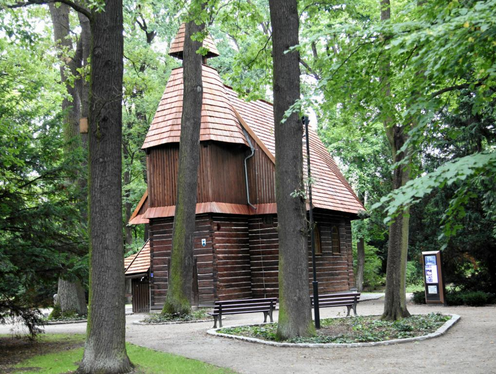
Parkpennicki is a perfect place for a walk, you should visit it when visiting Wroclaw for the weekend. The park was created on the orders of the municipal garrison commander stationed in Wrocław – L. Hohenlohe in 1783. Initially it was limited by streets: Różyckiego, Paderewskiego, Kopernika and Olszewskiego and had an area of 16 ha.
Several hundred years earlier, the village of Szczytniki existed here, hence the name of the Park.
The park was initially maintained in the English style. This continued until Napoleon’s invasion in 1806, when the park was severely damaged and required reconstruction.
From 1833, the park was systematically expanded. Recreation infrastructure was created, including a horse racing track. However, we owe the present appearance of the park to Peter Joseph Lenne.
Peter was a royal gardener in Prussia, came to Wroclaw from Berlin with the mission of rebuilding the park.
Great Exhibition- weekend in Wroclaw
The exhibition in 1913 had a great impact on the current form of the park. Thanks to her, many historic objects were created in the park today, me. moved from the eastern lands, wooden church. John of Nepomuk from the 16th century
The Japanese Garden and the pavilion of the four domes are separate parts of the park. The first one was created in the park at the beginning of the 20th century during an exhibition of garden art. The inspiration of the art of the East and the ambitions of those ruling the growing city led to the creation of this extraordinary object.
Count Fritz von Hochberg played a significant role here, who engaged Japanese master of gardening art, Mankichi Ara, to create this unique place

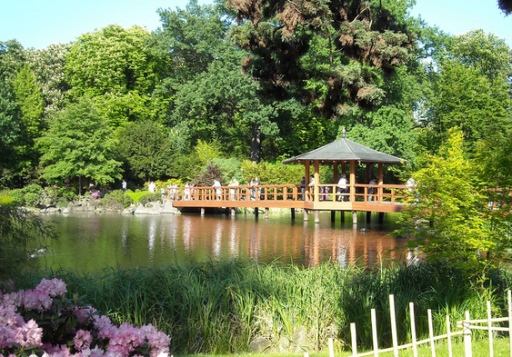
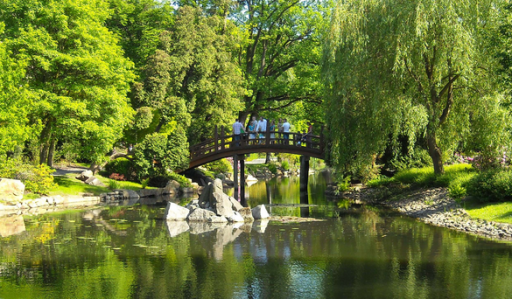
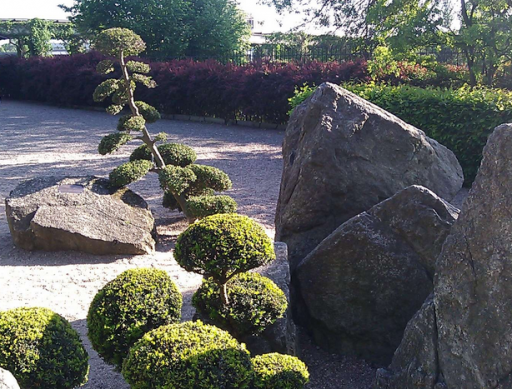
Japanese Garden today - weekend in Wroclaw
The garden was renovated again only in the 90s. The Japanese embassy in Warsaw was also involved in the preparation and renovation of the garden. The work was carried out with the greatest care, every detail was taken care of. New plant species were imported from Asia. However, the flood in 1997 destroyed most of the plants. It was opened again to visitors in 1999. And it still functions in this form to this day, constituting a great place for walks, meditations and communing with nature.
The tour takes about 30 minutes
Opening hours
9: 00-19: 00
- Bilet Normalny - 8 zł
- Bilet Ulgowy - 5 zł
- Bilet Wielokrotny 10 wejść - 50 zł
- Bilet Wielokrotny Ulgowy 10 wejść - 30 zł
- Bilet Rodzinny - 20 zł
- Bilet Specjalny Fotografowanie - 100 zł (tylko z dużym aparatem)
4. Hydropolis - weekend in Wroclaw
Hydropolis is a water science learning center. It is one of the biggest tourist attractions of the city, it’s worth going there when visiting Wrocław for the weekend. This place combines educational aspects with the form of a modern museum. Darkened corridors, lit only by blue light, are climatic and allow visitors to get into the watery atmosphere.
We suggest booking about 2 hours for visiting this facility.
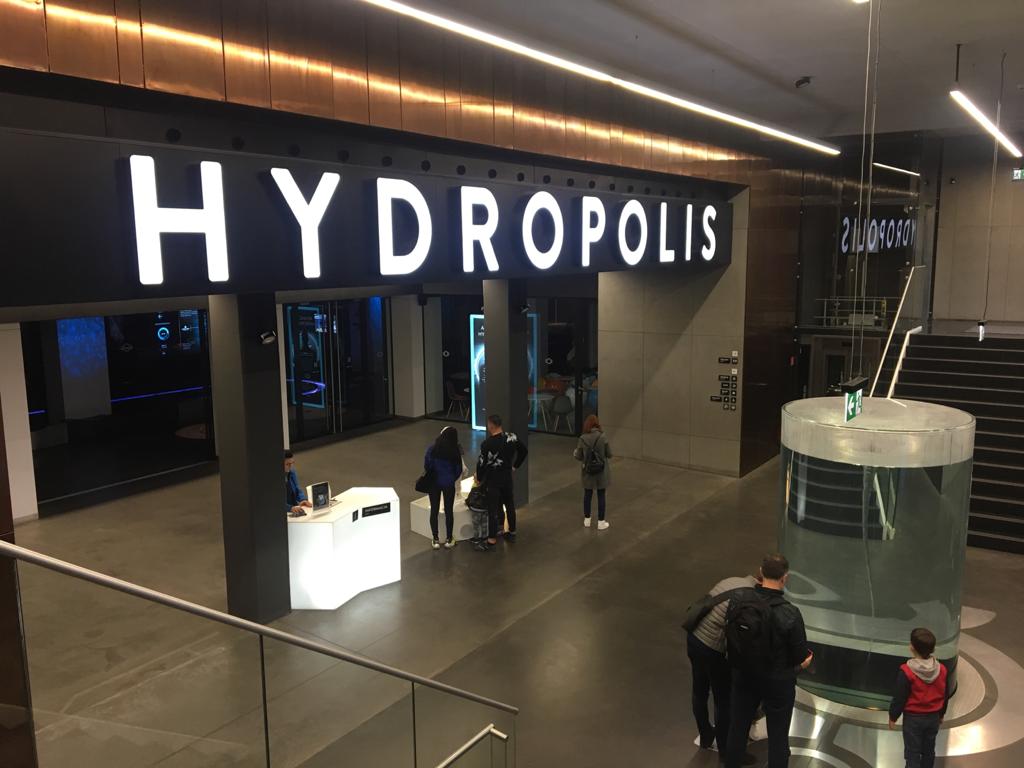
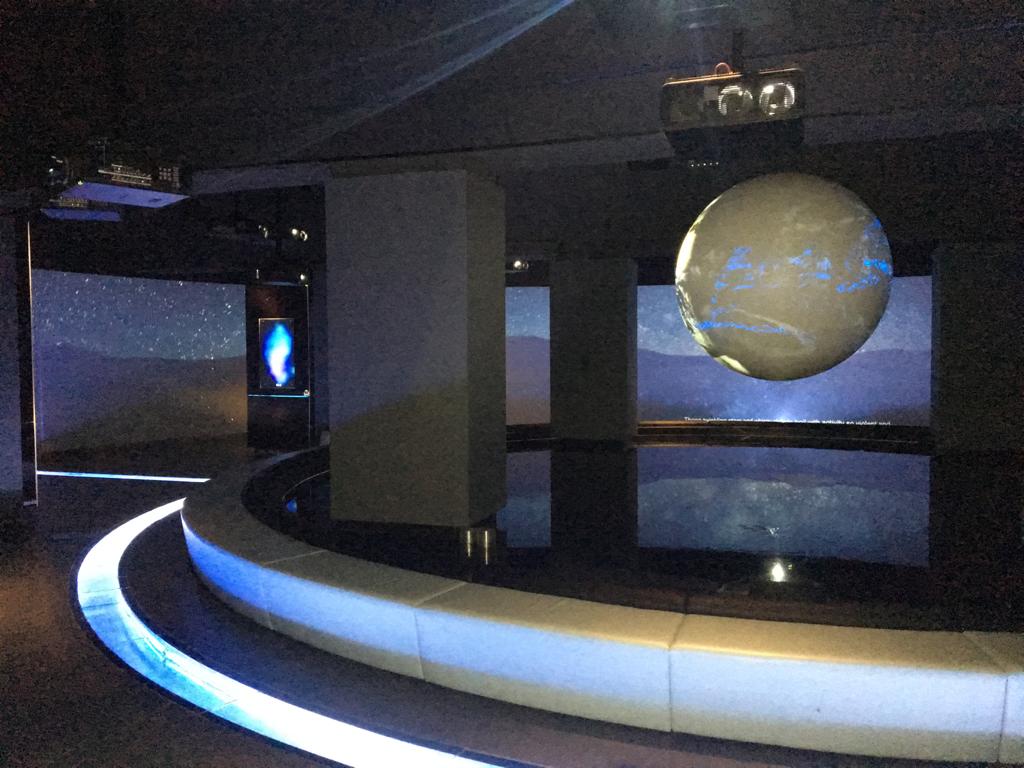
Sky Tower is a modern building where you can go shopping. However, when visiting Wrocław for the weekend, it is better to go to the observation deck. The observation point is located on the 49th floor, at a height of over 200 meters in this skyscraper. It is the highest viewpoint in Poland.
However, after taking the elevator to the terrace, we have only 20 minutes to admire the views, and we can only do it through the glass, which previously touched crowds of other people.
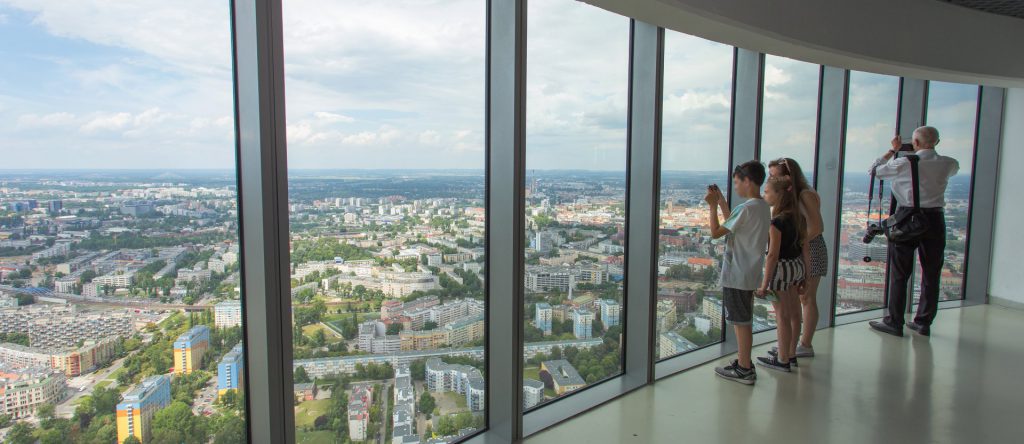
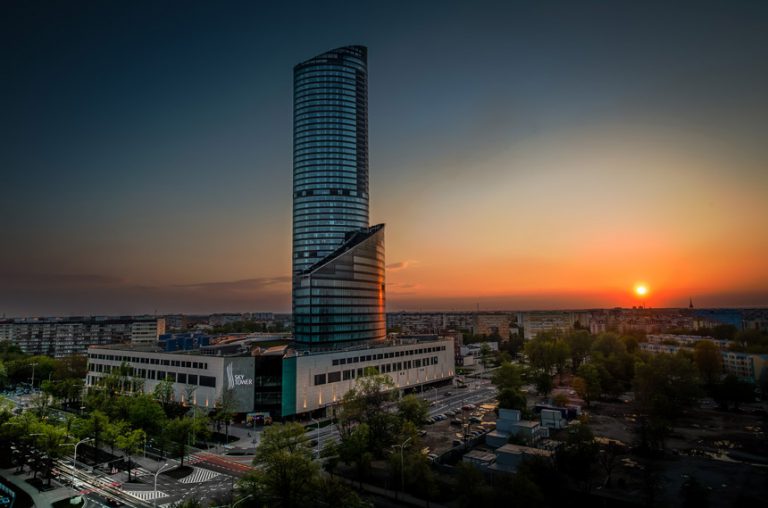
However, if you fail to choose this viewpoint, and you have stayed in the BatogoSpot Towers apartment (Sikorskiego street), please contact us (tel: +48 724 319 601). We will provide access to the observation deck on the 18th floor for free
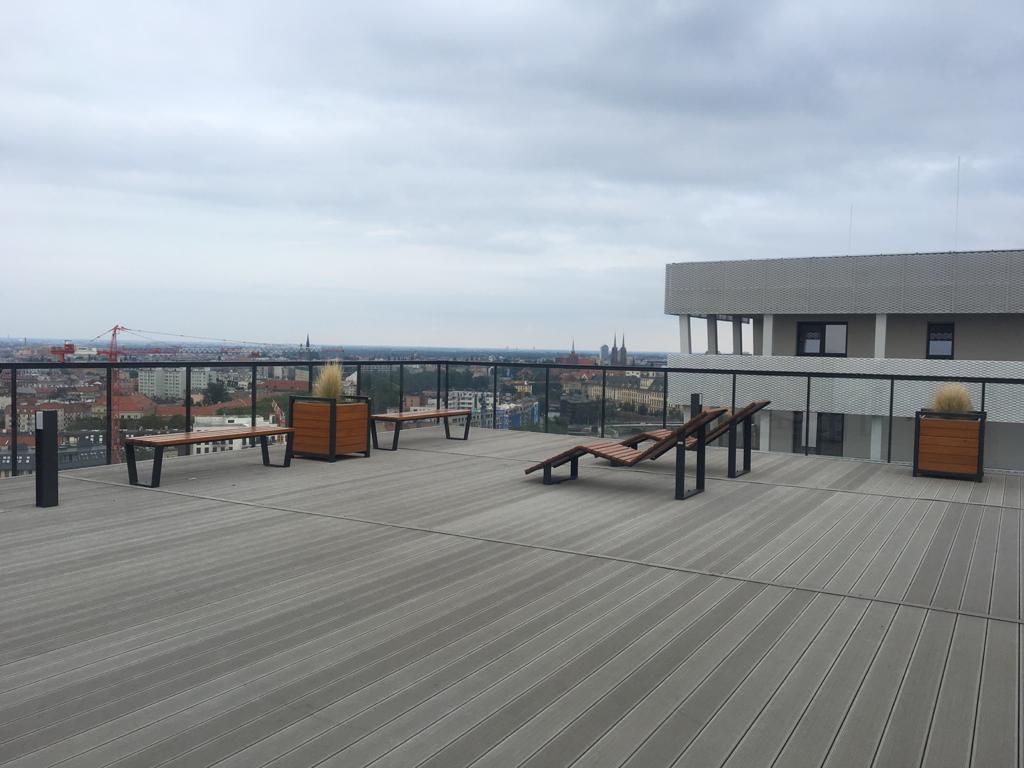
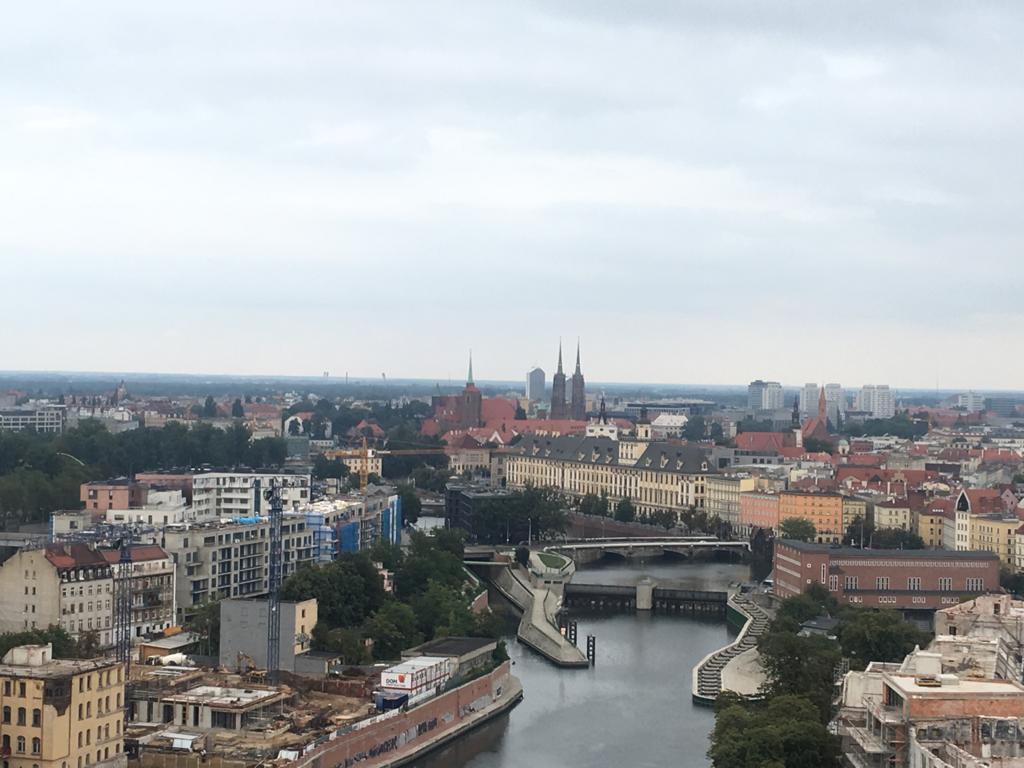
- Tower of the Garrison Church
- Bridge between the towers of the church of Mary Magdalene. (Bridge of Penitents)
- Cathedral tower
- Mathematical Tower at the University of Wroclaw
The Aquapark in Wrocław is open all year round. Spending a weekend in Wroclaw is worth going there. The facility has indoor and outdoor pools, a sports pool, saunas and a gym. We suggest you go there for 3 hours. This complex has many attractions:
Basen z falami
Zewnętrzny basen solankowy i rekreacyjny
Dziecięca zatoka
Leniwa rzeka
Saunarium
7 zjeżdżalni
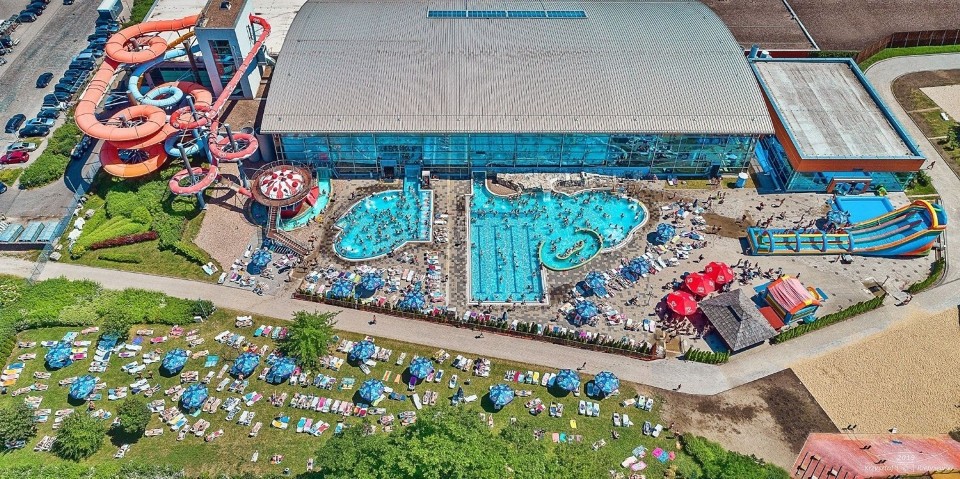
When visiting Wrocław for the weekend, it is worth being up to date with current cultural events. In 2016, Wrocław became the European Capital of Culture. In connection with this event, the number of cultural events organized there is increasing every month. Some events deserve special attention. A lot of organized cultural events are free, it is worth being up to date.
7. A walk around the Four Temples - weekend in Wroclaw
The district of four temples known otherwise under the name of the district of four denominations is one of the most interesting places in the capital of Lower Silesia. When visiting Wroclaw for the weekend, you must see it. It is located near the market. Its name is not accidental, in its area you can meet a Catholic church, an Evangelical church, an Orthodox cathedral and a synagogue. It is a symbol of the multiculturalism of the city over generations, as well as religious and religious tolerance.
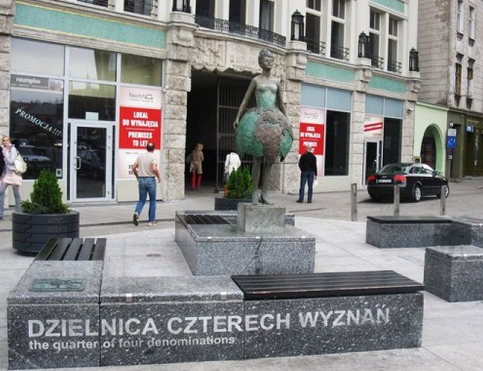
The temples located in this area include:
- Orthodox Cathedral of the Nativity of the Holy Mother,
- the church Anthony of Padua
- Roman Catholic temple,
- White Stork synagogue
church of the - Evangelical Augsburg Providence
One of the characteristics of this district is that it does not have a traditional urban layout. Residents of various denominations, despite living together on such a small area, created their own enclaves, which left an imprint on the appearance of the district and the layout of buildings. A characteristic feature of this place is the unique distribution of monuments of religious architecture. It is worth taking a look at the buildings of this district, visiting Wrocław for the weekend.
In 2005, sacred buildings in the district of four denominations were connected by an educational trail and entered into the register of monuments, and was also recognized as a historical monument. The work was completed by a sculpture by Ewa Rossano Crystal Planet. The monument stands at the intersection of Antoniego and Kazimierza Wielkiego streets. the sculpture emphasizes the multicultural character of the district. The district of four denominations is a place of various educational and cultural events. The Jewish synagogue, due to its excellent acoustics, serves as a concert or theater hall. Every year, events such as the “Jewish Simha festival” and “Summer at the White Stork synagogue” take place there.
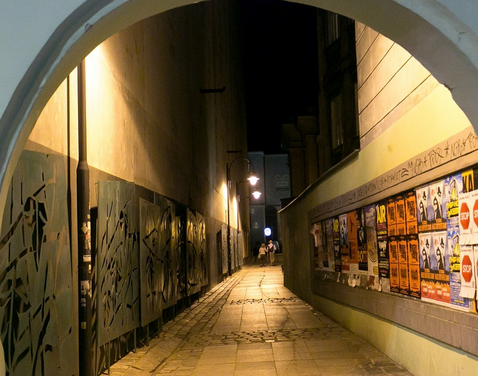
Culinary journey around the district of four temples
The district is famous for multiculturalism, but sightseeing from the kitchen is a much more interesting form of tourism. A good solution is to take a break in one of the cafes and bars in the area, the best are around Antoniego and Włodkowica streets. You can try local delicacies from different cultures there. It is also a popular event venue because there are many music clubs.
8. Ostrów Tumski and Wyspa Słodowa - weekend in Wroclaw
When visiting Wrocław for the weekend, you cannot miss Tumski, the oldest historic part of the city. The first buildings come from the 10th century. All buildings are restored with the greatest care. Visiting this part of the city we can feel the real Wroclaw. It is an ideal place for a family walk, a romantic date, or simply a great place for photography enthusiasts.
Short story
The creation of Ostrów Tumski dates back to the 10th century. The Piasts lived in it. From the beginning there were many religious buildings in this area. A cathedral was built in the eleventh century. Unfortunately, during the Czech invasion in 1037 it was destroyed. The one we admire today was built at the end of the 11th century and enlarged in the 16th century. It is one of the oldest religious buildings in Wroclaw. This is the business card of Ostrów Tumski.
During World War II it was destroyed in 70%, and its reconstruction lasted until the 1990s.
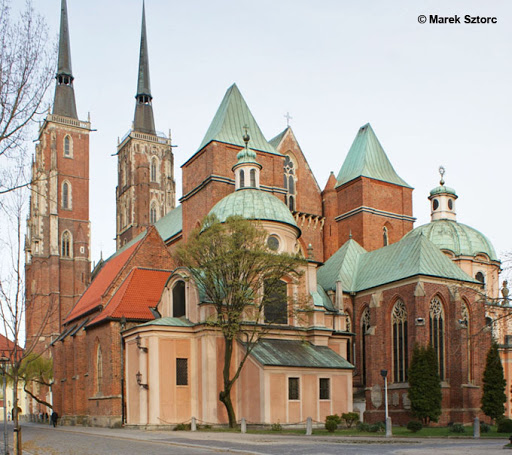
What else distinguishes this place?
Tumski Bridge - weekend in Wroclaw
The crossing is called the bridge of lovers. It measures 52 meters high and 6 meters wide. It connects Piaskowa island with Ostrów Tumski. This is the first place that leads to the oldest part of Wroclaw. In the evening the bridge is climate-lit. Near the bridge several gas lamps have been preserved, which are lit daily by a lighthouse keeper. The atmosphere is conducive to romantic walks. You can feel the magical atmosphere of this place.

Saint Martin's Church - weekend in Wroclaw
The church Martin’s is located in the former ducal castle. Legend has it that Czesław Odrowąż prayed in this church for saving the city during the Tatar invasion in 1241.
Initially, it was to be a church in which masses were to be held in the upper part, and the lower part of the building was to be a tomb. Unfortunately, due to the construction of another religious building nearby, the idea was abandoned.
The church was destroyed and rebuilt over the centuries. The greatest damage comes from the period of World War II.
It is worth knowing that at the church of St. A statue of Pope John XXIII stands in front of Marcin. The monument presents a pope standing on a pedestal in liturgical vestments with his right hand extended in a gesture of blessing. The pedestal has the inscription Pacem in terris which means peace on earth. This is the only monument of this pope in Poland.
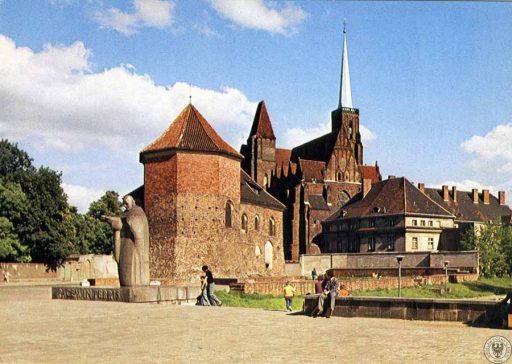
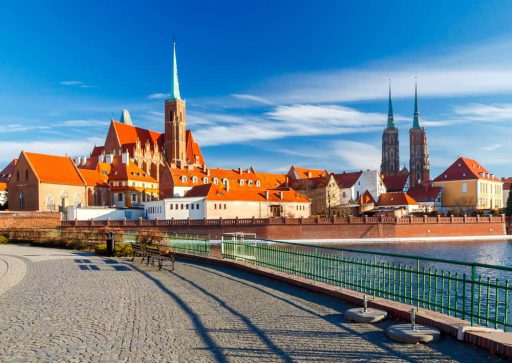
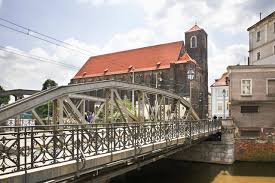
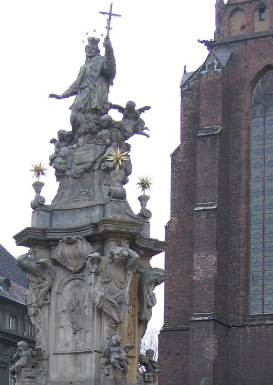
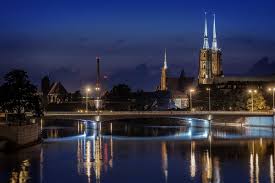
Archdiocesan Museum - weekend in Wroclaw
The Archdiocesan Museum is the oldest museum facility in Wroclaw. The museum has numerous souvenirs of sacred art, half a thousand books, about six thousand monuments mainly from Romanesque and Gothic art. In addition to the exhibition, the museum organizes concerts of Wroclaw instrumental and vocal ensembles from the “Music among monuments” series, lectures and radio and television programs in the field of church history, religious art and celebrations of church holidays. Every year dir meetings of city guides take place here.
In the museum you can admire, among others: “Madonna under the firs” by Lucas Cranach, painting “Christ in the press” stone carvings, eg. John the Baptist from 1160 and wooden sculptures, among others, the Risen Christ from 1380.
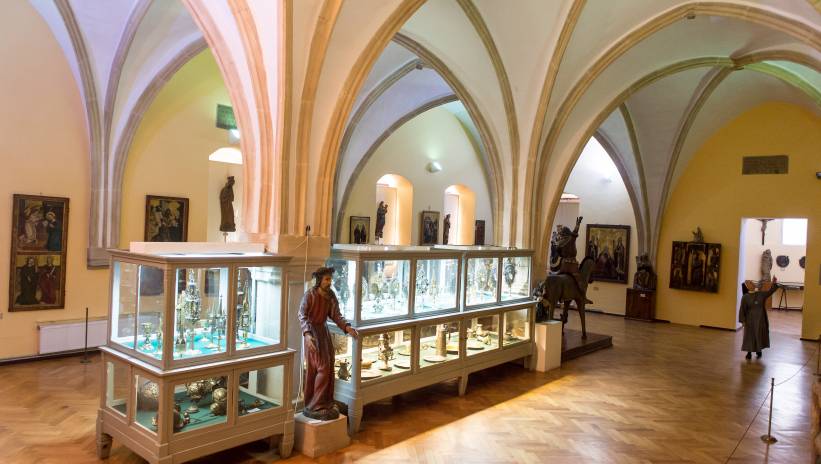
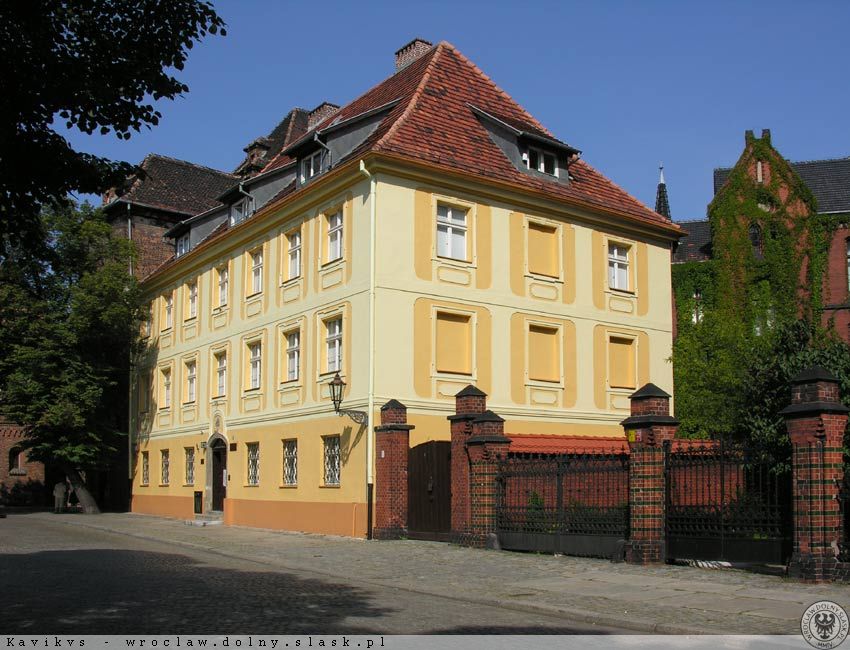
The monument of Nepomuk
St. Jan Nepomucena was honored with a monument in 1732. The monument was commissioned by the Cathedral Chapter. The monument stands on the church square between the church of St. Cross and Collegiate church. Legend has it that the artist creating the monument immortalized the image of his newborn son among the cherubim that surround the saint.
9. Murals of Nadodrze - weekend in Wroclaw
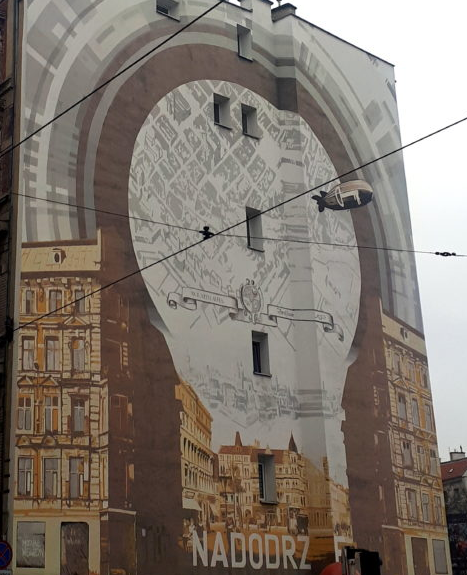
When visiting Wrocław for the weekend, it is worth going for a walk to the artists district and feel the real atmosphere of the city. Wroclaw’s Nadodrze has become the artistic district of Wrocław over the last few decades. Beautiful Art Nouveau tenements, which have been renovated after many years, encourage you to visit the district. Artistic cafes on every corner are the perfect place to relax after a full-day walk. What’s more, Nadodrze is adjacent to the old town, the district with the most monuments. That is why it is so often visited. However, what creates the atmosphere of this place are not Art Nouveau tenement houses, not even atmospheric cafes, but murals.
Murals are huge wall paintings created by Wrocław artists. They often have a symbolic meaning, relate to the city’s culture or important social actions. the most famous of them are:

Nadodrze Gate
This is a mural that presents the artistic atmosphere of the district. It was designed by students of the Academy of Fine Arts in Wrocław and painted in 2013. From now on, it beautifies the view of the district.
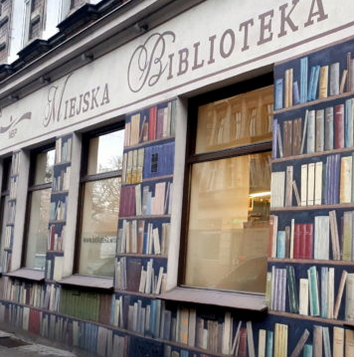
Library of Wroclaw
The mural is painted on the facade of one of the branches of the Municipal Public Library in Wroclaw, because it presents bookshelves with books gives a unique character to this place and promotes reading books
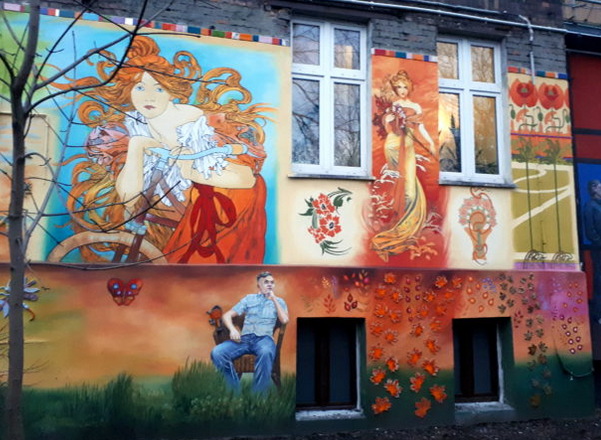
Backyard at Roosevelt
One of the most interesting murals belongs to the one in the yard at Roosvelta Street. Thanks to the cooperation of local communities, the gray tenement houses were decorated with reproductions of paintings by recognized painters such as van Gogh, Chagall, Klimt, and Wyspiański
10. Where to eat when visiting Wroclaw for the weekend?
There are plenty of dining options in Wroclaw. When visiting Wroclaw for the weekend, you can find a lot of them, but is it easy to decide which one to choose? As it turns out, many of our guests during their stay in Wroclaw have a problem with this. Fearing that they will not find this favorite and frequently visited restaurant by the residents, they call the BatogoSpot service and ask the question: “where to go to eat something.”
These dilemmas meant that the BatogoSpot team decided to meet their guests and as native Wrocław residents propose several places to which they often and willingly attend.
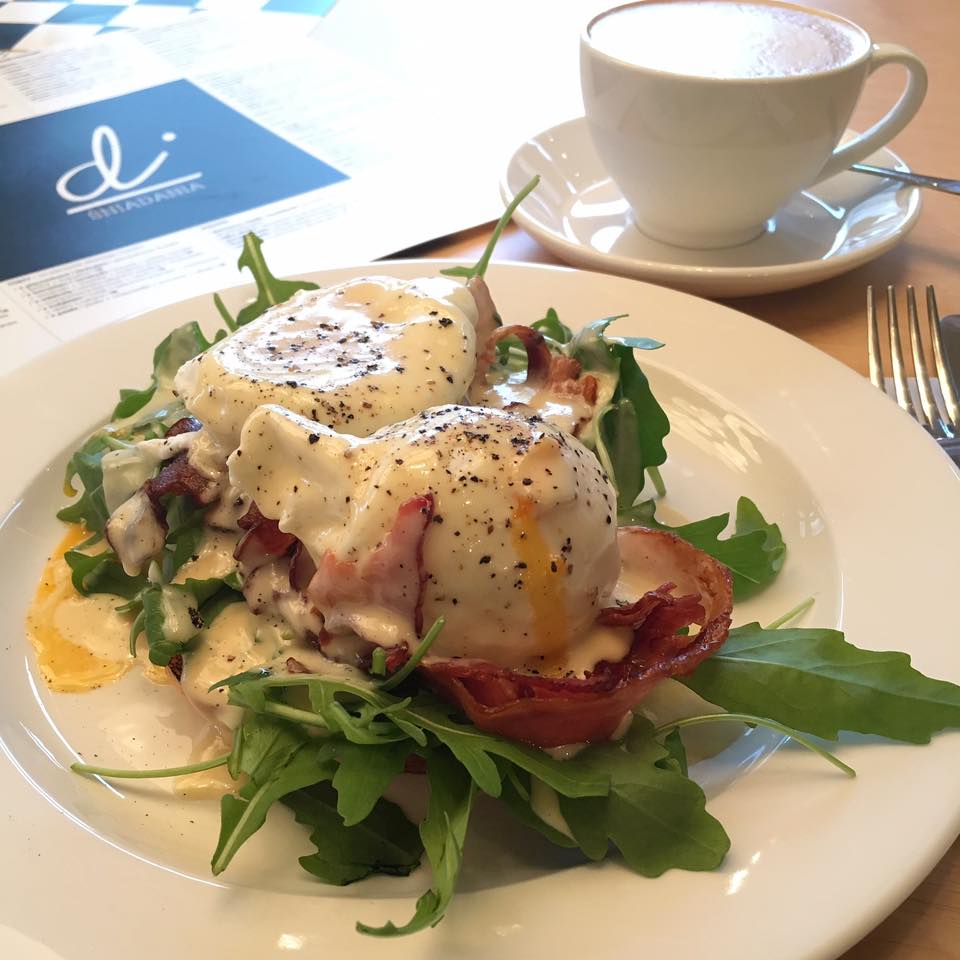
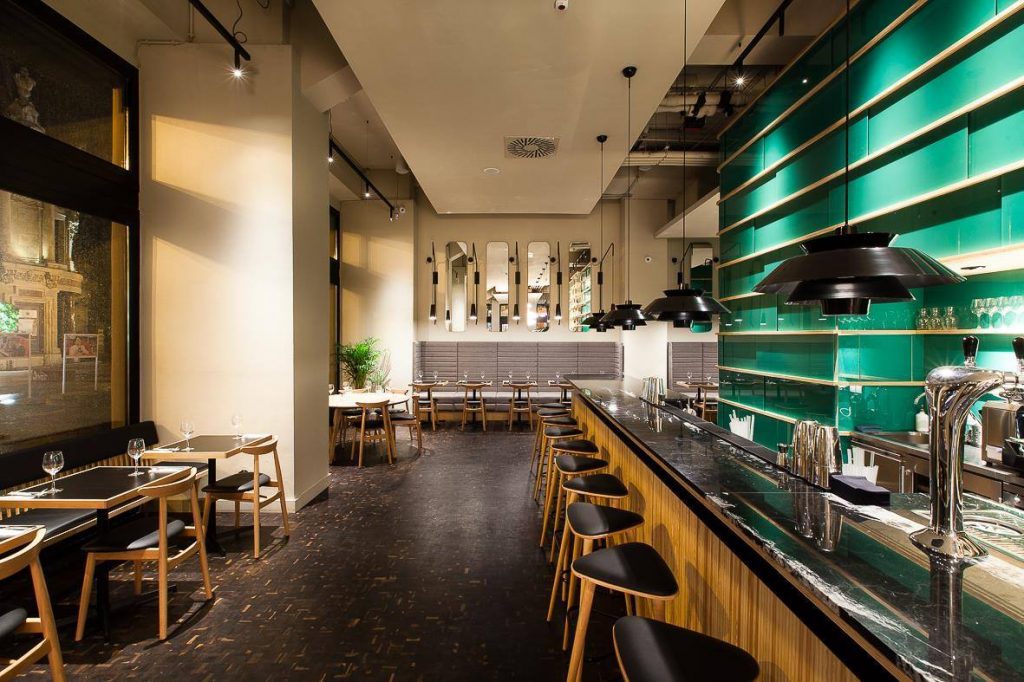

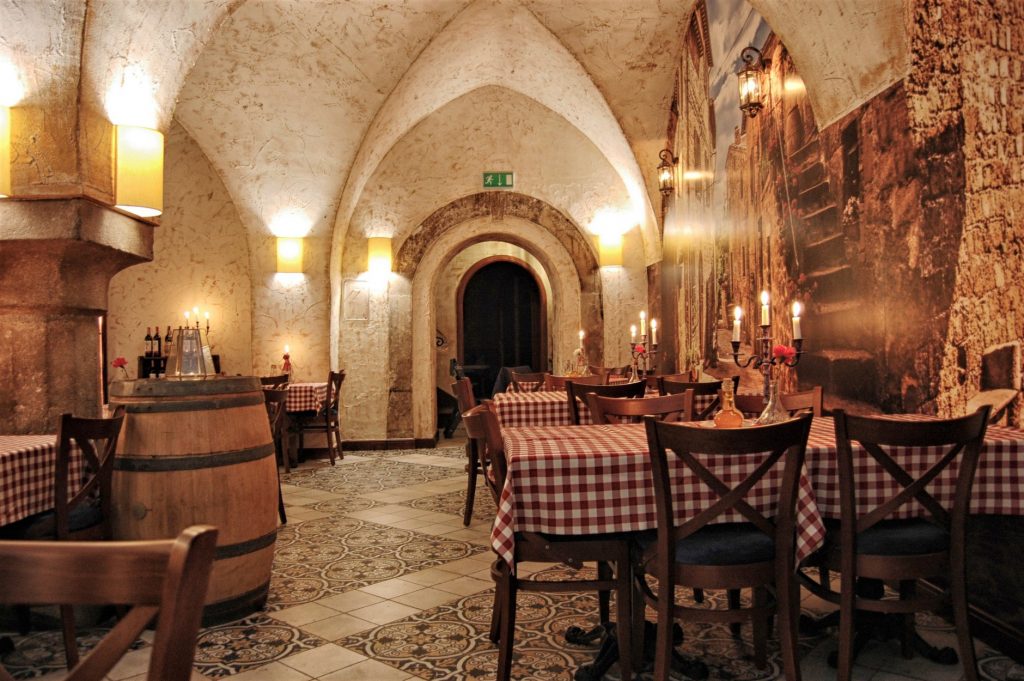

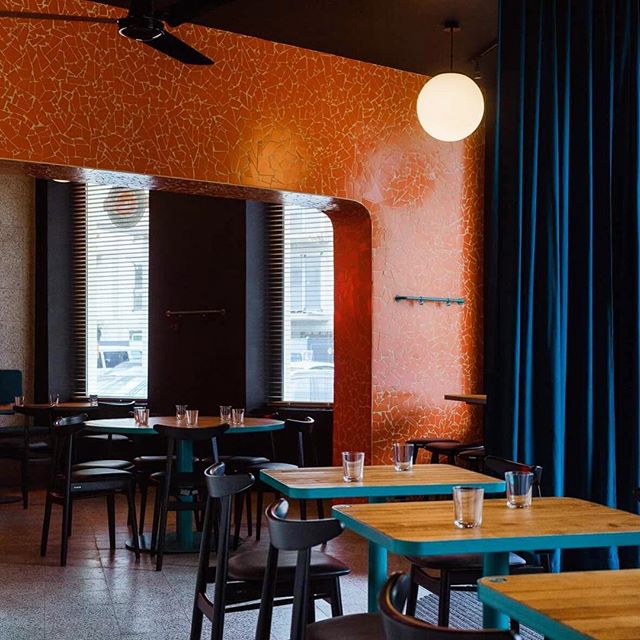
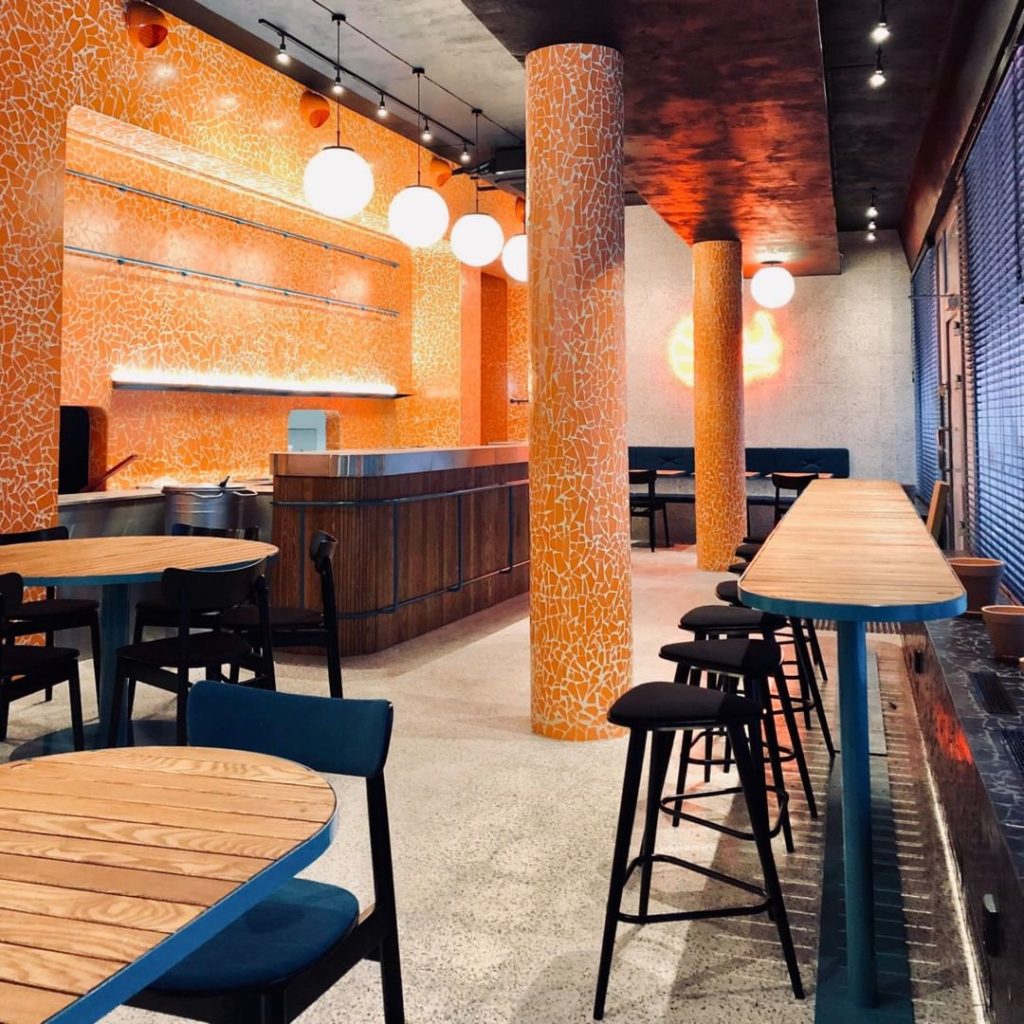
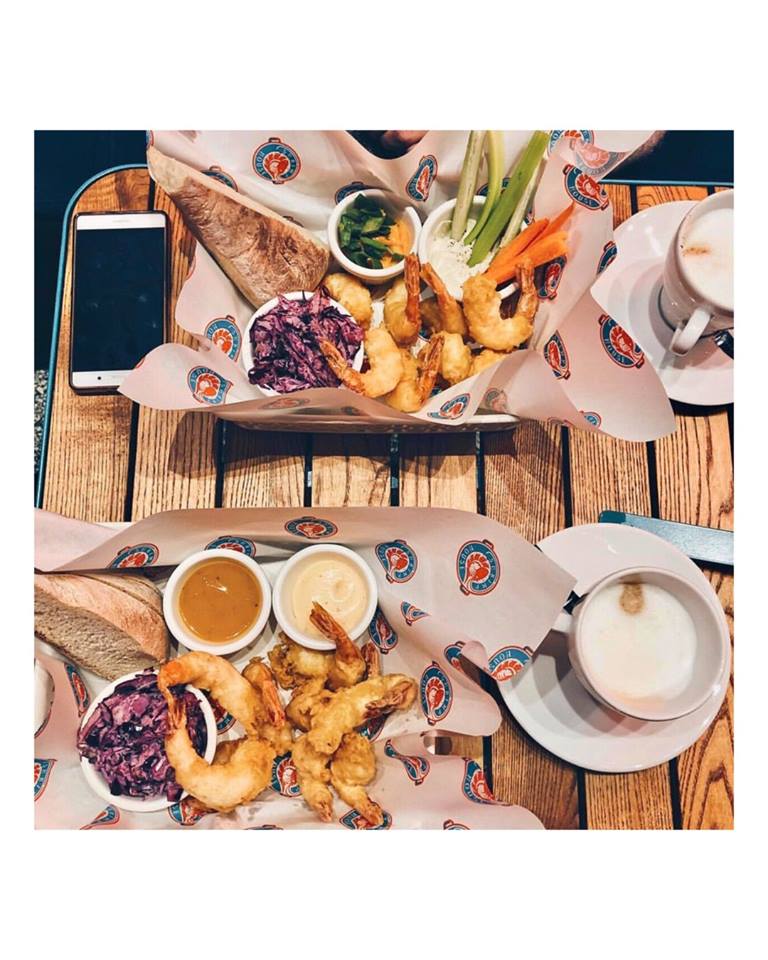
In our opinion, these are the 5 best restaurants in Wroclaw, and each one is unique, which suits you best? See for yourself

Add comment / Dodaj komentarz